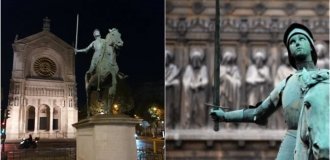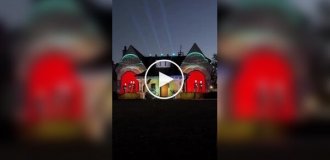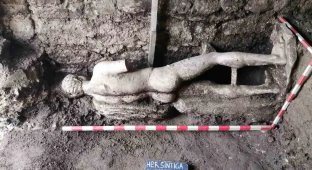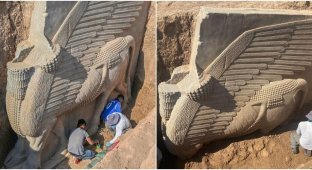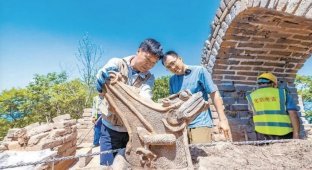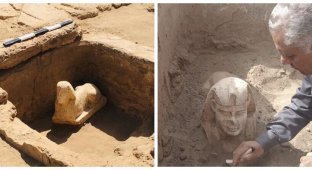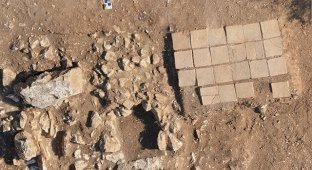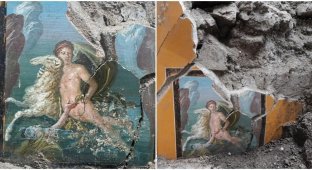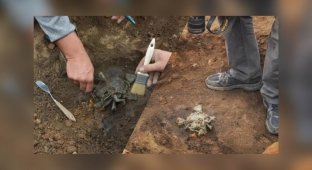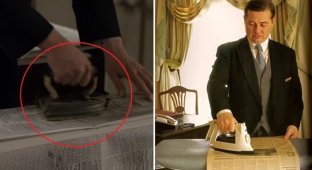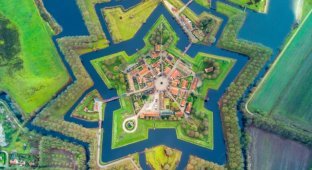Bulgarian archaeologists discovered a statue of Hermes in an ancient sewer (3 photos)
During excavations on the southeastern border of Bulgaria with Greece, scientists found a two-meter sculpture of Hermes. The marble statue was hidden underground about 2,000 years ago. 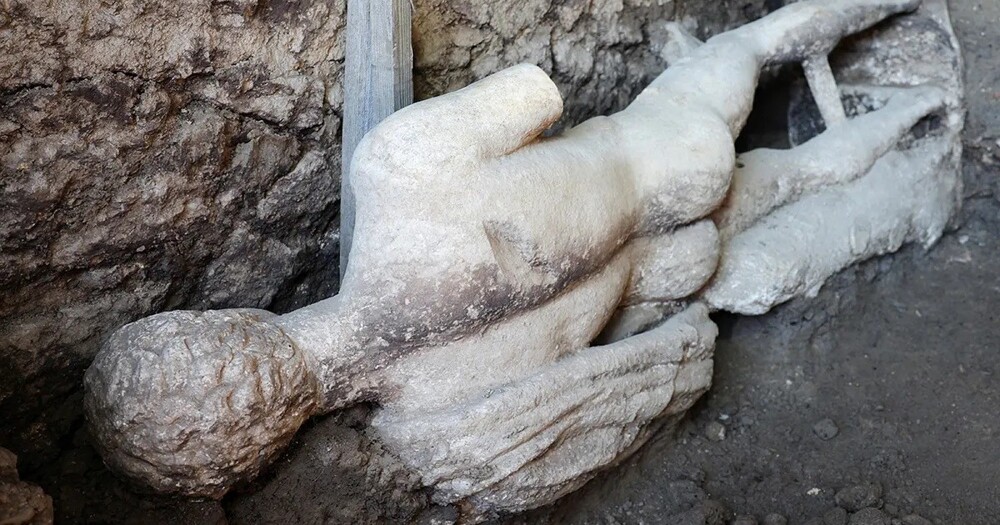
The work of art was hidden in an ancient Roman sewer in the abandoned city of Heraclea Sintica, which was founded by King Philip II of Macedon between 356 and 339 BC. e. In 388 AD it was destroyed by an earthquake.
"The head has been preserved. It is in very good condition," said leading archaeologist Lyudmil Vagalinsky, explaining that the statue was likely hidden after the adoption of Christianity as the official religion of the Roman Empire, as well as the banning of pagan symbols. 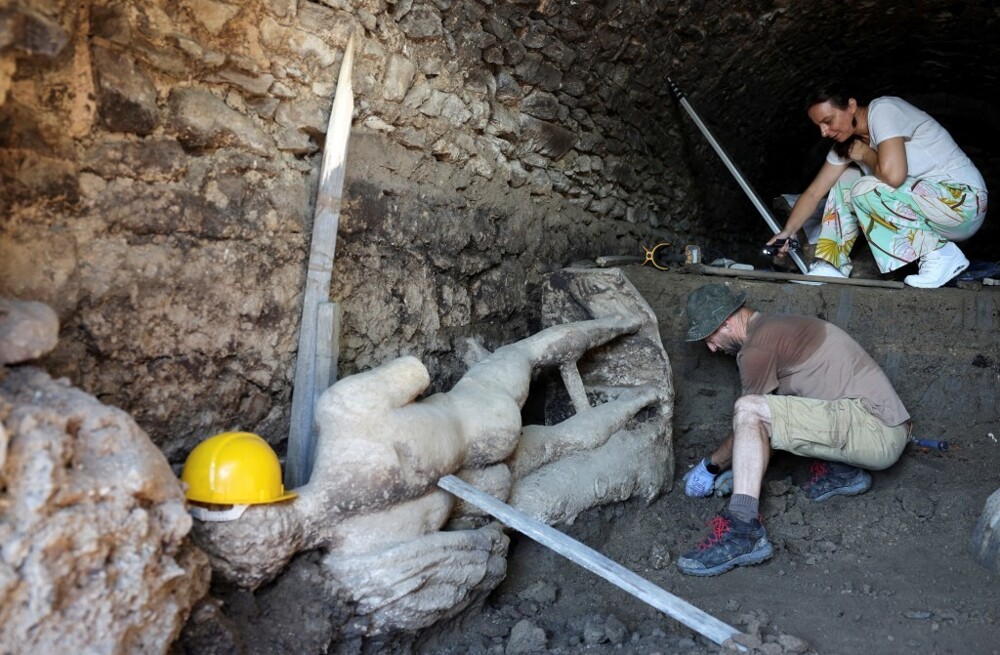
He added that the find is a Roman copy of an ancient Greek original.
"Everything pagan was prohibited, people accepted a new ideology. But, apparently, they cared about their former deities."
Heraclea Sintica, now the Bulgarian village of Rupite, was abandoned around 500 AD. after a rapid decline caused by the earthquake. 









